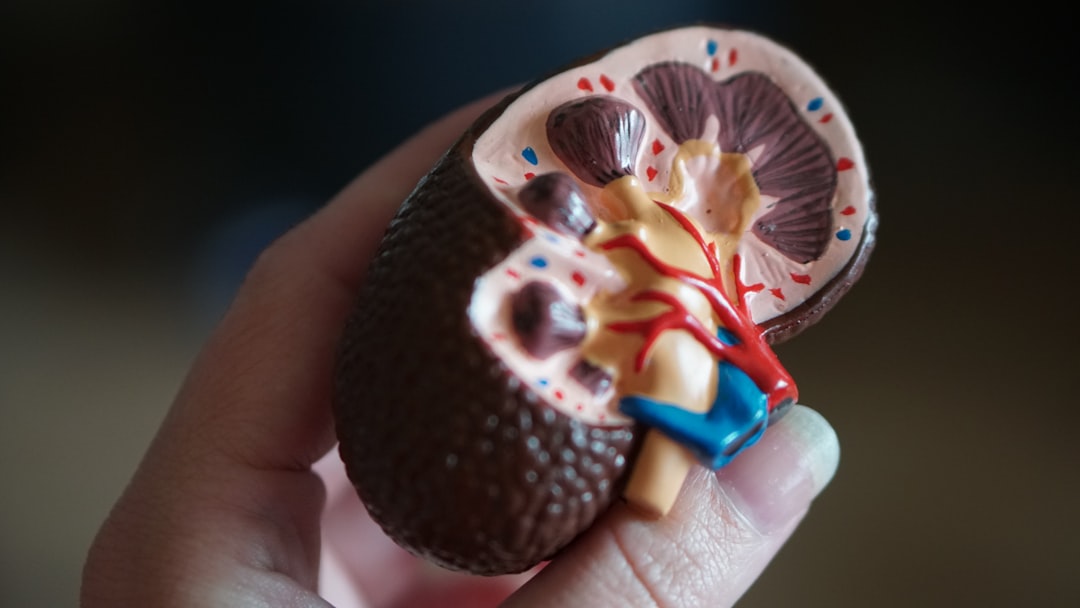What is it about?
Epothilones are extremely cytotoxic chemotherapeutic agents with epoxide, thiazole, and ketone groups that share equipotent kinetic similarity with taxol. The in vitro glycosylation catalyzed by uridine diphosphate glucosyltransferase (YjiC) from Bacillus licheniformis generated six novel epothilone A glycoside analouges including epothilone A 7-O-β-D-glucoside, epothilone A 7-O-β-D-galactoside, epothilone A 3,7-O-β-D-digalactoside, epothilone A 7-O-β-D-2-deoxyglucoside, epothilone A 7-O-β-L-rhamnoside, and epothilone A 7-O-β-L-fucoside. Epothilone A 7-O-β-D-glucoside was structurally elucidated by ultra-high performance liquid chromatography-photo diode array (UPLC-PDA) conjugated with high resolution quantitative time-of-flight-electrospray ionization mass spectroscopy (HR-QTOF ESI-MS/MS) supported by one-and two-dimensional nuclear magnetic resonance studies whereas other epothilone A glycosides were characterized by UPLC-PDA and HR-QTOF ESI-MS/MS analyses. The time dependent conversion study of epothilone A to epothilone A 7-O-β-D-glucoside found to be maximum (~26%) between 3 h to 5 h incubation.
Featured Image
Why is it important?
Anticancer drug glycoside synthesis
Read the Original
This page is a summary of: Enzymatic synthesis of epothilone A glycosides, AMB Express, March 2014, Springer Science + Business Media,
DOI: 10.1186/s13568-014-0031-1.
You can read the full text:
Contributors
The following have contributed to this page










